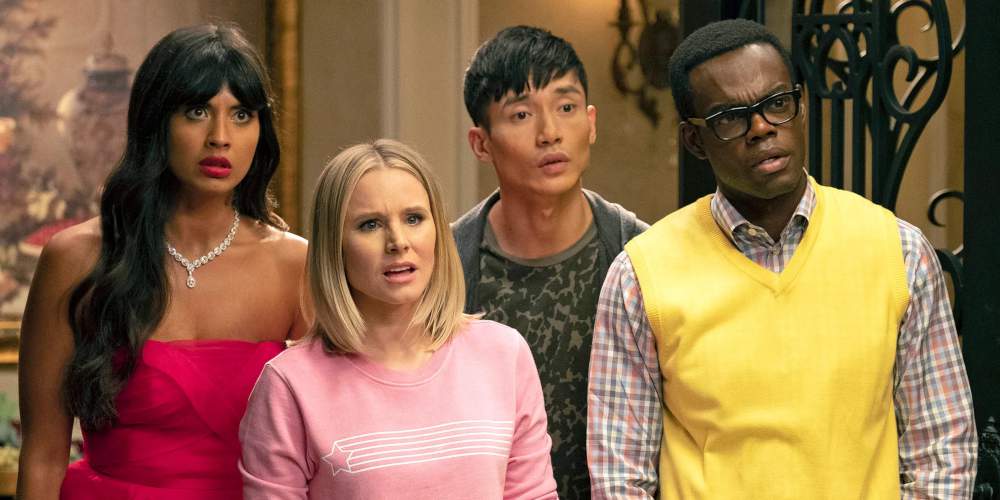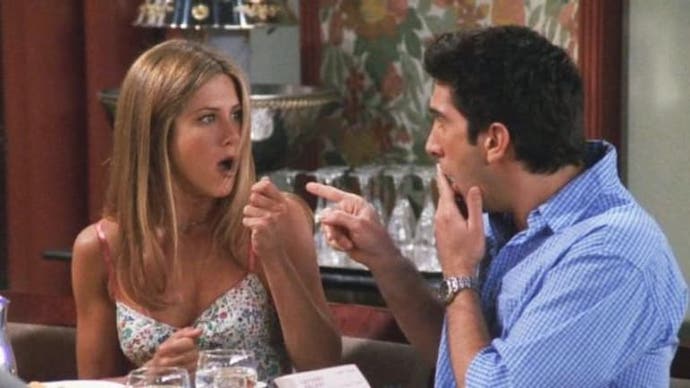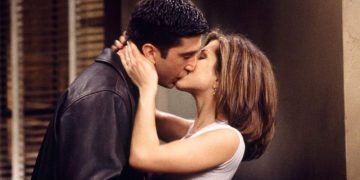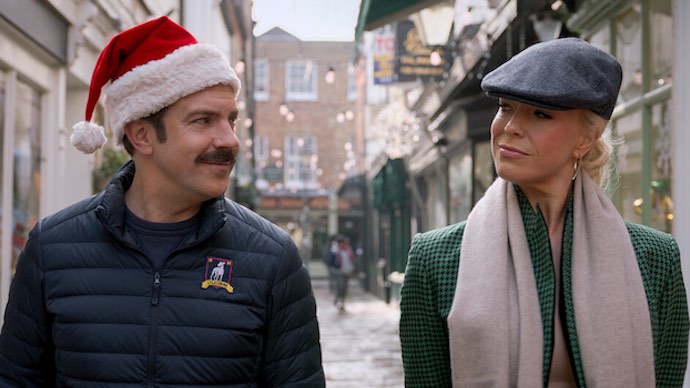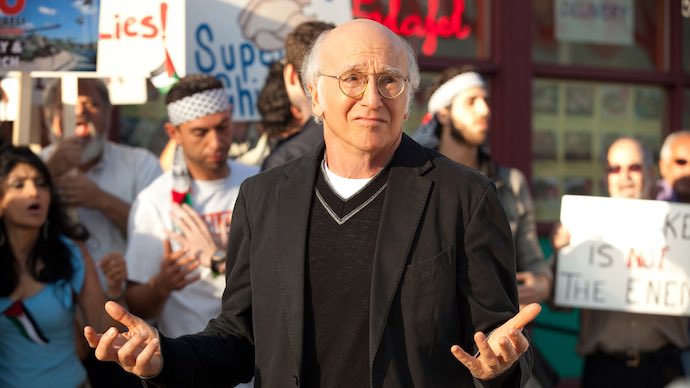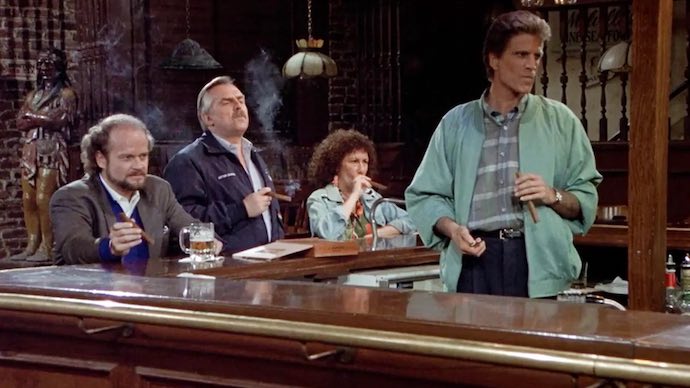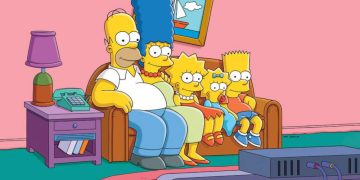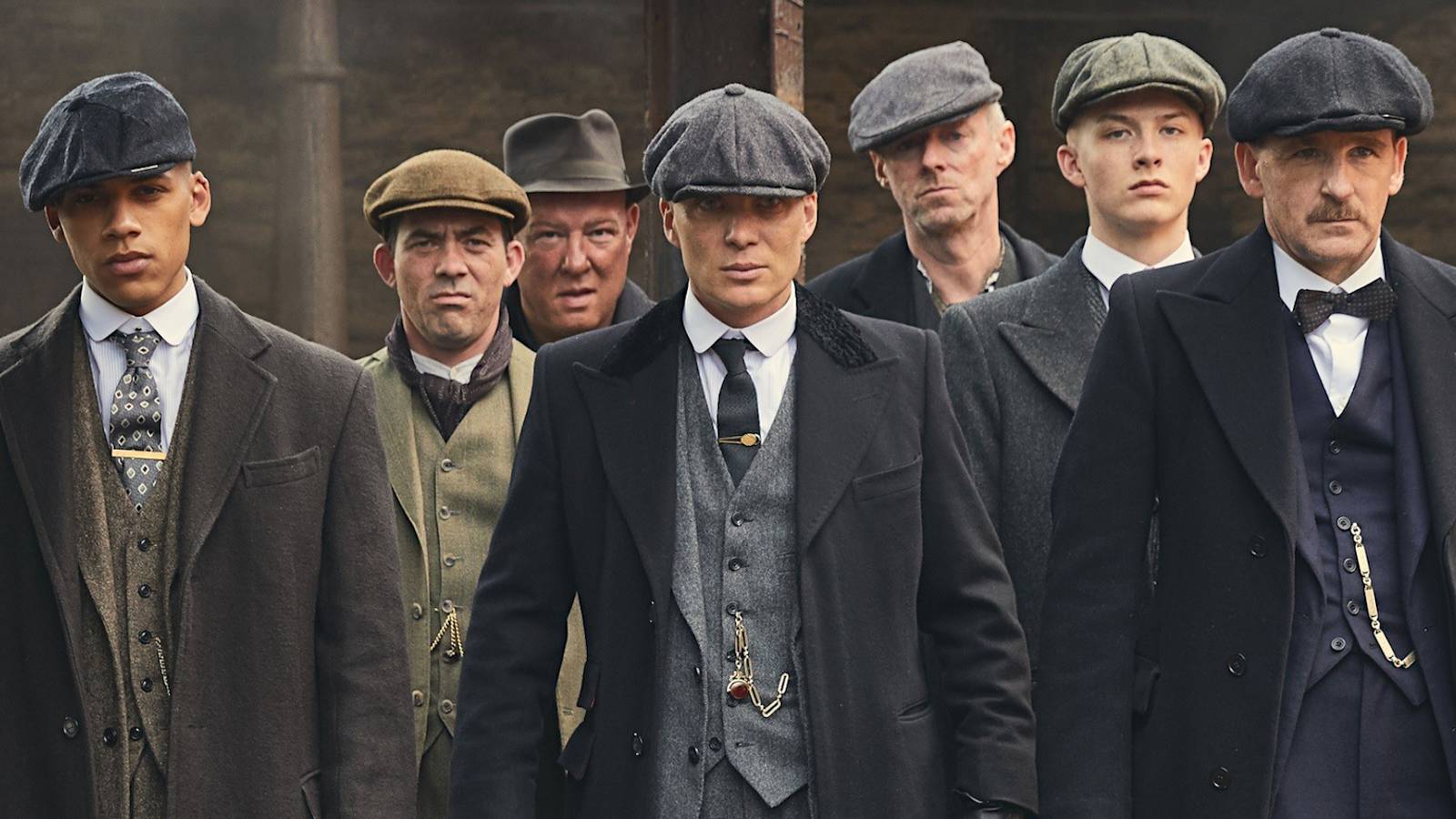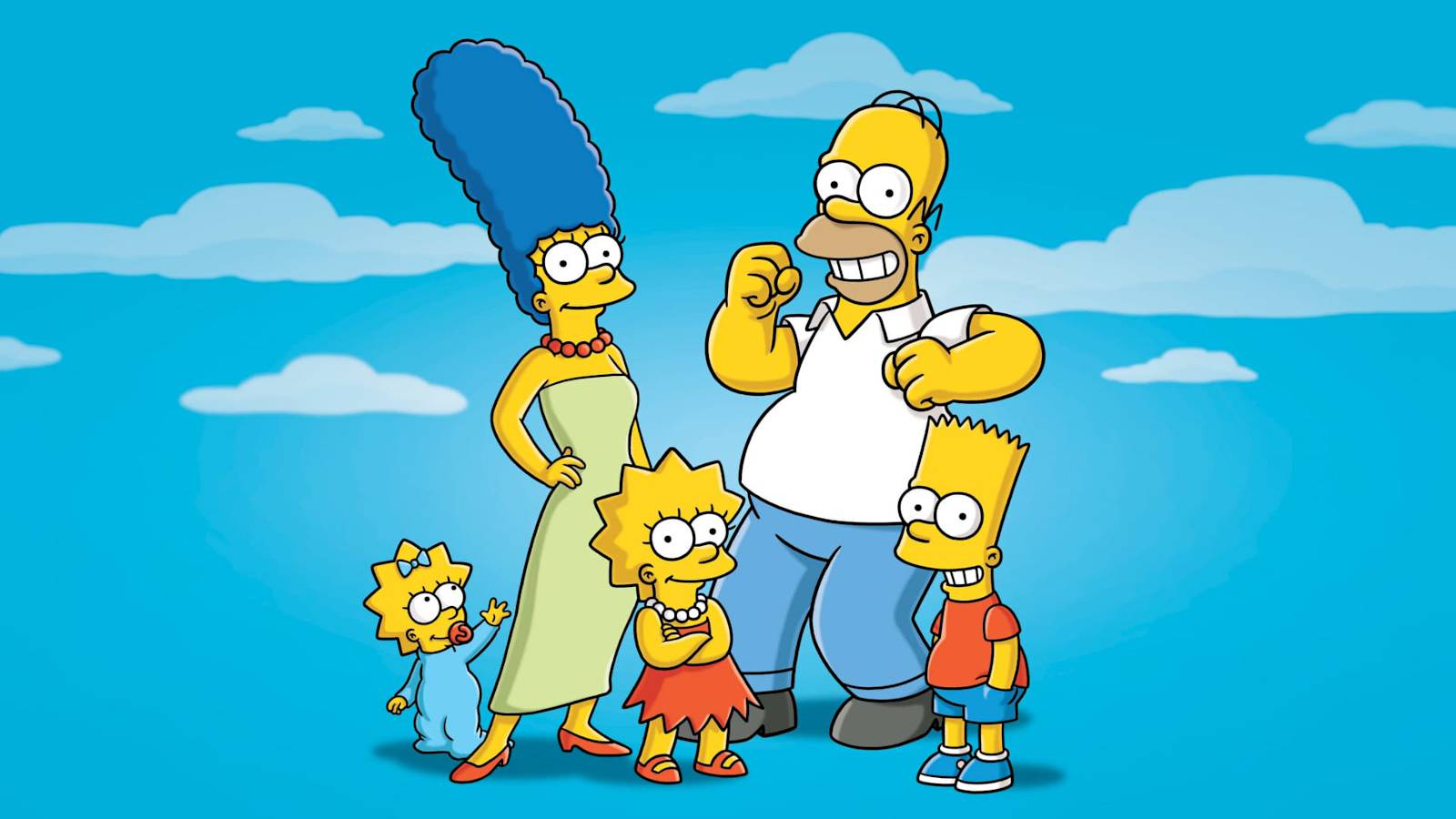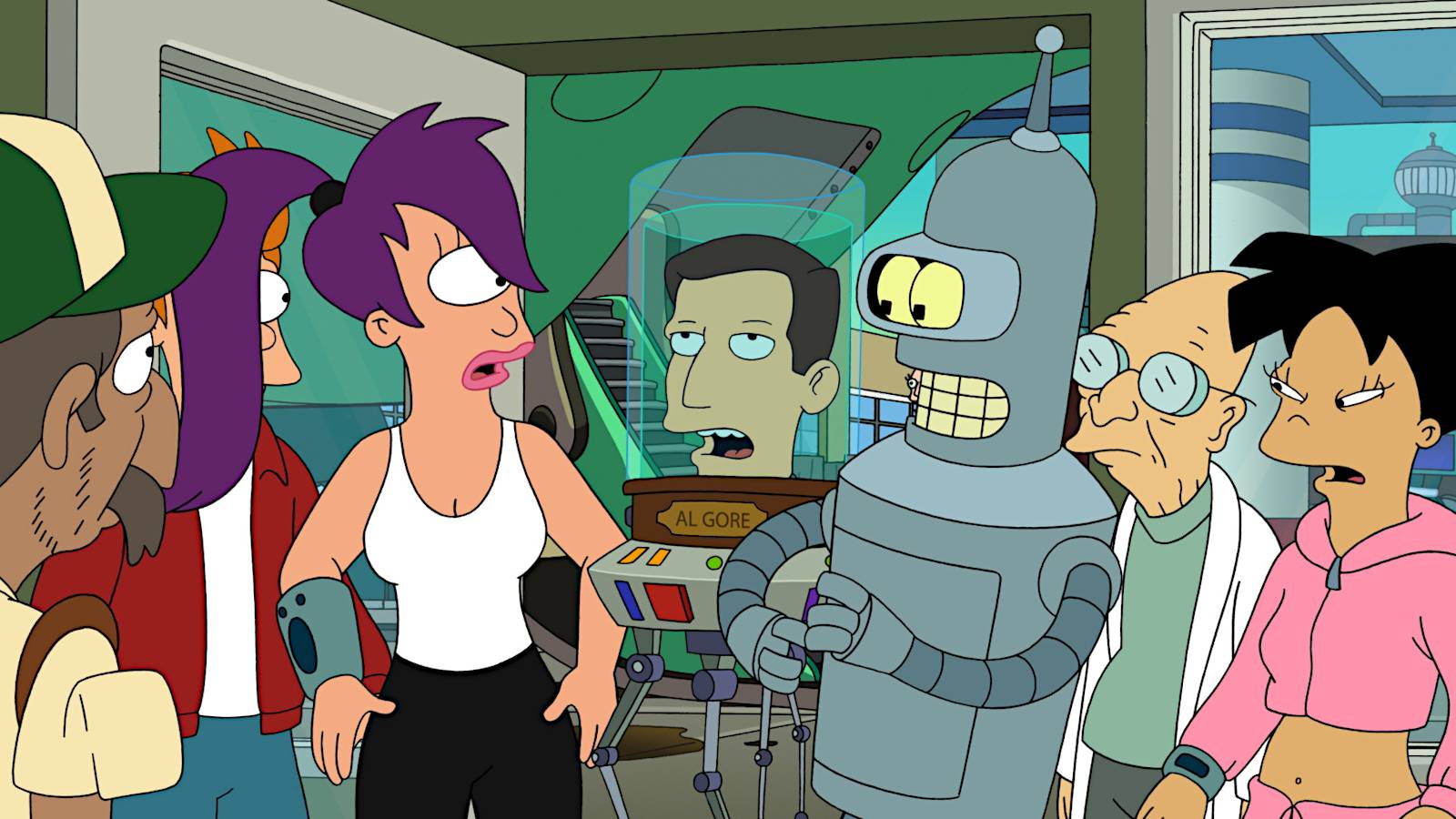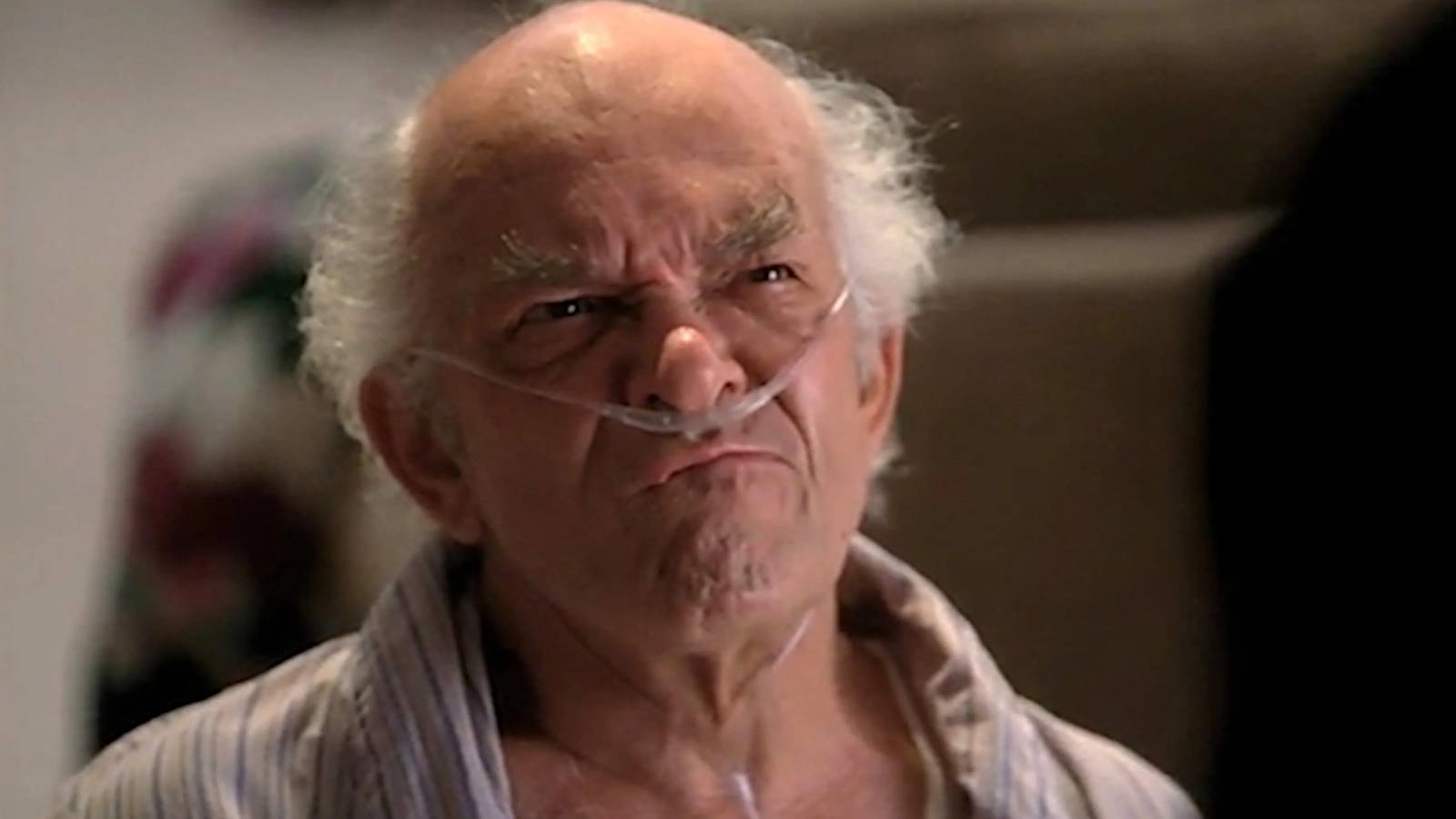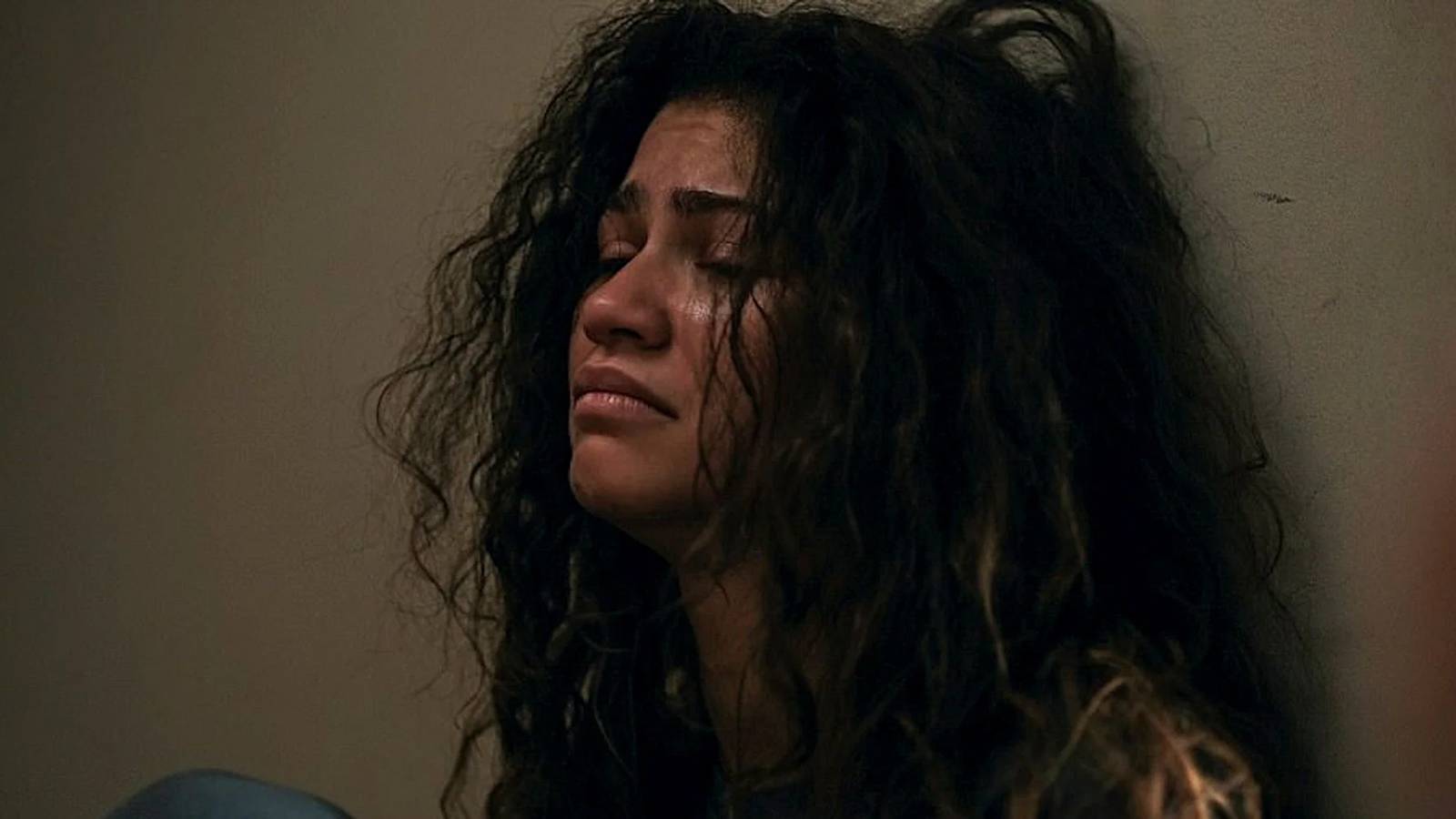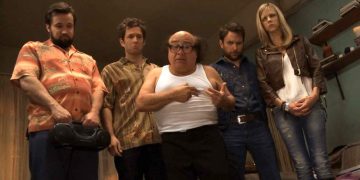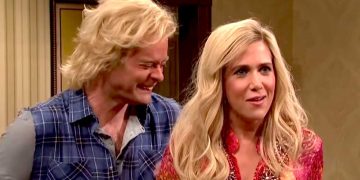1. The Will-They-Won’t-They Couple
The “will-they-won’t-they” couple got its start with Sam and Diane inCheers. They were the first sitcom couple to garner a worldwide audience, one that hoped they would end up together.
Of course, over subsequent years, many such couples have come and gone: Ross and Rachel, Jerry and Elaine, Ted and Robin. But how many times has a sitcom commited to the “won’t they” potential?
Most sitcoms usually bow to the pressure of the genre, not wanting to sacrifice the comedy part to deliver the audience a blow by making the lead couple not come together by final credits.
Even inThat ’70s Show, Donna had to endure two entire seasons without Eric—because Topher Grace had left the show—but the two of them still got together by the end, thanks to Grace agreeing to cameo.
The very existence of the “will-they-won’t-they” trope means that most of them have actually ended up together. However, sitcoms have started being more bold and willing to opt for the harder path.
A prime example is Ted and Alexis fromSchitt’s Creek. They were seemingly destined to be together, but Ted had to leave for another country and Alexis couldn’t follow him. It was a heartbreaking moment that unpredictably went against the trope.
Since Sam and Diane—who ended up apart, by the way—very few will-they-won’t-they couples have been brave enough to buck the trend, resulting in a cliché that has endured through decades of sitcom TV history. Only now are they starting to change things up.
Related:The greatest sitcom TV couples of all time
2. Leaving the Soundstage
Back in the good old days of TV, the show’s cast would head to one of the various studio lots in California—regardless of where the show was set—and work on a single stage for months. That single soundstage had all of the sets needed for the series.
With shows likeCheersandTaxi, the limited time spent with the characters outside the walls of their prime locations meant that the series needed very little in the way of sets outside the walls.
However,Seinfeldbegan to change that by setting several sequences in the streets of New York, but they were all still on the stages in Hollywood. The several locations of the show helped free up the genre, allowing shows to go to places that sitcoms hadn’t been before.
Friendsfollowed the trail blazed bySeinfeld, using the same soundstage technique to create the feeling of a show that wasn’t confined to a single coffee store or an apartment unit.
However, it was Larry David’sCurb Your Enthusiasmthat changed how sitcoms aesthetically designed themselves. That series left soundstages behind and actually filmed in the streets of Los Angeles and New York.
Using HBO’s resources, David pursued his goal of making a TV sitcom that was set in the real world—and now, over 20 years later, he’s still doing it, along with everybody else.
The 21st century decided Larry was right, resulting in shows likeModern Family,Ted Lasso, andMythic Questthat were filmedin the real world, away from the cosy stages of sitcom past.
Related:Why is Ted Lasso so popular?
3. The Larry David Effect
It may seem farfetched to attribute the success of two generations worth of sitcom modernization to one person, but it’s true: Larry David’s effect on the sitcom genre has proven a force for change and forward-thinking on two highly successful occasions.
First, David changed the structure and cutting bite that sitcoms could have with his writing onSeinfeld. The show dragged the idea of what a friendship group is into a new generation, inspiring pretty much every TV sitcom that came after it.
ThroughoutSeinfeld’srun, Larry’s contribution was easy to overlook—until he quit the show after the seventh season.Seinfeld’squality immediately declined, highlighting how important David’s contribution really was and showcasing what he brought to the table.
Then, withCurb Your Enthusiasm, he did it again. Setting the show in and around the Los Angeles area, becoming a parody of himself, and showcasing how modern sitcoms could be more than cheap TV.
Instead, David showed that TV sitcoms could be sagas of real-world gripes that played out with gusto and curmudgeonly zeal. He molded the modern sitcom with his ideas, and he has become an icon of sitcom writing and direction because of it.
Related:The best Curb Your Enthusiasm guest stars
4. The Bar Cliché
Every show features the main set: a “home base” for the show’s characters. Early on, sitcoms always held home base at some neutral location. InTaxi, it was the depot. InCheers, it was the bar.
Almost every sitcom to this day features a bar or cafe setting. ForSeinfeld, it was Monks. InFriends, it was Central Perk. InHow I Met Your Mother, it was MacLarens.
This has started to phase out, but can still be seen in some cases.Ted Lasso, for instance, features an English pub that Ted frequents. Though, for many others, it has already ended.
Now, sitcoms take place in more personal or intimate locations, like the workplace or the family home—somewhere the characters can interact on a deeper, closer level. It’s connected to a fundamental part of their everyday lives rather than an indulgence.
The bar cliché has evolved through the evolution of the sitcom, but no longer is it something that defines the surroundings of the show.
Read next:The best sitcom TV intros and openings



![]()
